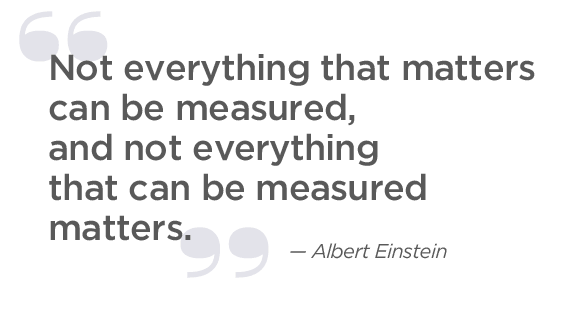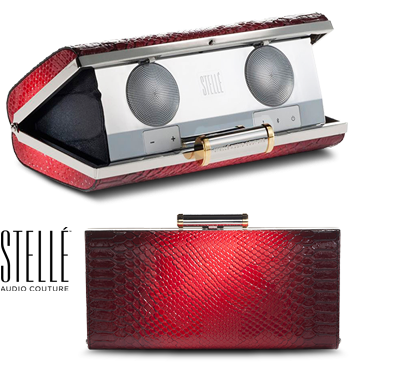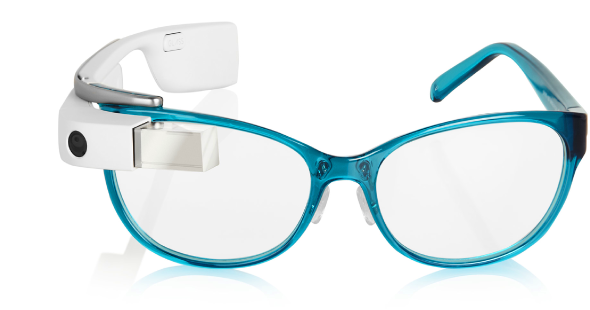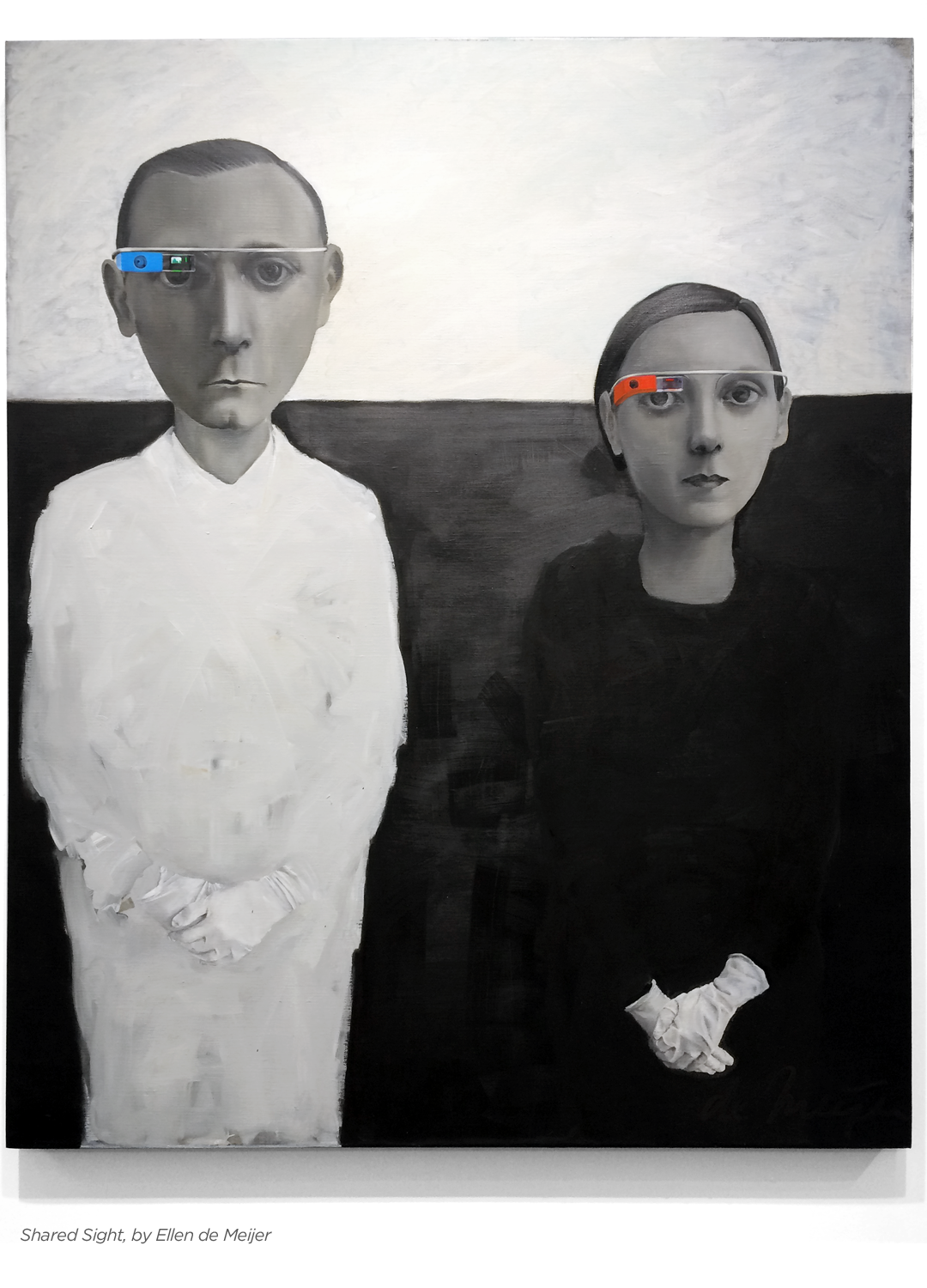
On Thursday, July 24th, 2014 I spoke at Wearable Tech Expo, at Jacob K. Javits Convention Center. My talk was titled Design Matters: Industrial Design & Product Styling in Wearable Tech, as part of a panel titled Do You See What I See: Head-mounted Wearables. My slides are shown above.
Thesis: When it comes to wearables, good design, not superior engineering, will decide the winners. This will be true even in the Enterprise. If we want wearables to succeed in the consumer space, they must be stylish, and validation will come not through the tech industry but through the fashion industry.
Conclusion: When I engage with many of my peers in the wearables space, they frequently tout the sensors in their device that their competitors lack, or their new algorithm that’s going to separate them from the pack. I would counter that no matter your technological mojo, if nobody beyond the early-adopter set is willing to wear your device, you will fail. Particularly when I’m on the west coast, in Silicon Valley, there is a casual dismissal of product styling as something that is merely subjective … |
 |

I would like to highlight the work of a couple of peers I met at the expo.
 |
Anna Perelman, CEO and Co-Founder of Stelle Audio Couture makes a series of well designed audio products, most noteworthy, the Stelle Clutch — as the name implies, this speaker system takes the form of a woman’s clutch that pops open into a blue tooth speaker system. The Stelle Clutch competes with products like the Nonobject designed BOOM by Ultimate Ears or the Jawbone Jambox. While both of these are well designed products, Stelle takes advantage of an untapped opportunity in the market to make a speaker designed to appeal to the sensibilities of stylish women. |
I also met Kristi Gaudio, a member of the design team that created the Diane von Furstenberg eye-frames for Google Glass. The fashion industry, particularly in the accessories space, operates via a web of relationships between fashion brands, manufacturers and product design firms, where many companies are often involved in the making of a single product. To make the DVF Google Glass frames, Diane von Furstenberg |

|

The wearables industry as a whole has a branding problem. Rather than give commentary, I’m simply going to share these three images below, and let them speak for themselves.


Following Wearable Tech Expo, Danielle and I walked down to Chelsea for the Thursday evening Chelsea Gallery Walk. In addition to the completely immersive digital installation by teamLab at PACE Gallery’s Ultra Subjective Space, and my friend Michael Lyons Wier’s festive opening party for their Summer Group Show of Conceptual Representationalism (photorealism with a narrative), we hit over a dozen openings, concluding with a stroll up the High Line.
One installation in particular that caught our eye was another Summer Group Show, this one at UNIX Gallery. UNIX represents contemporary artists “with compelling, unique visions who utilize exquisite artistic execution” — the intersection where high-craftsmanship pop-art meets social commentary. Ellen de Meijer’s Shared Sight, brought the evening full circle.
[Editor’s Note: The painting is still available for sale. To inquire for pricing, contact UNIX Gallery.]

